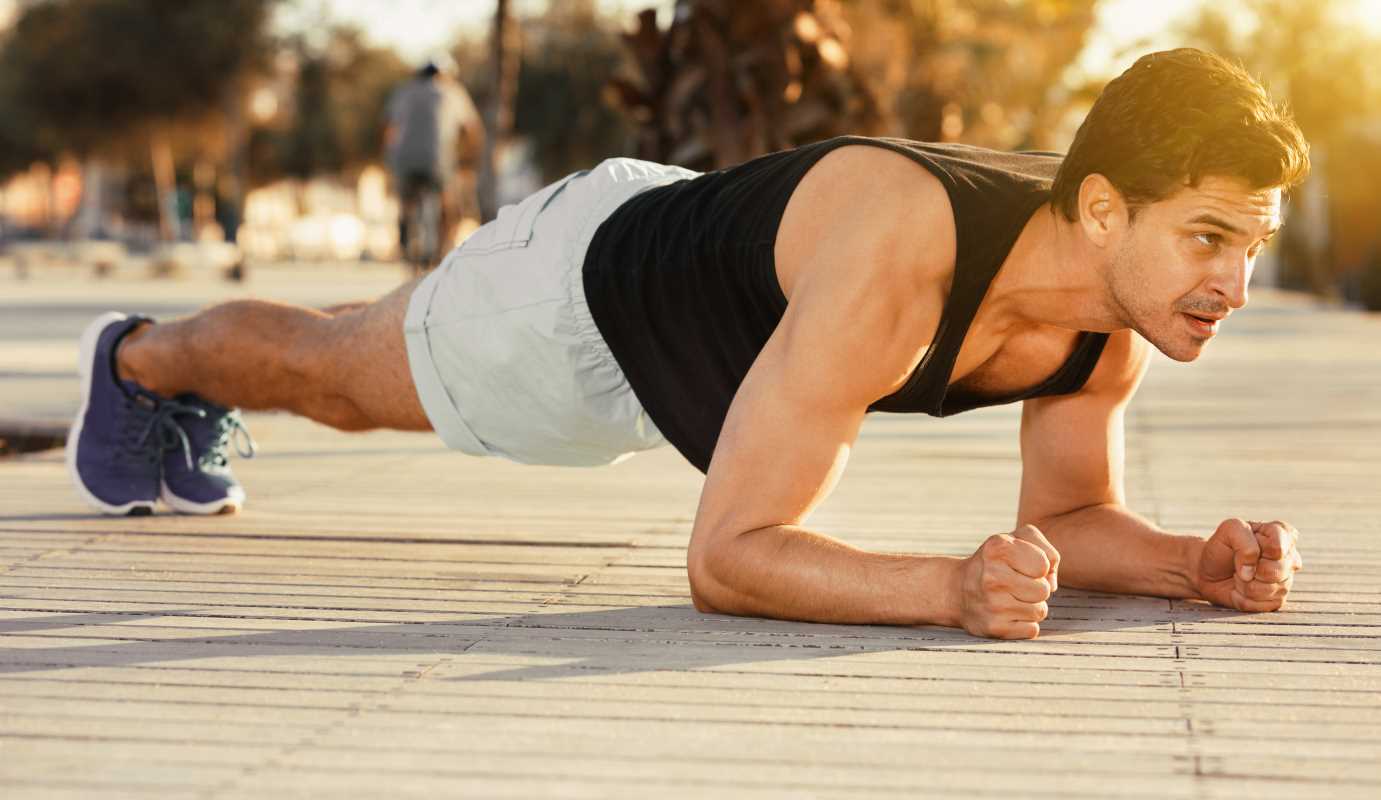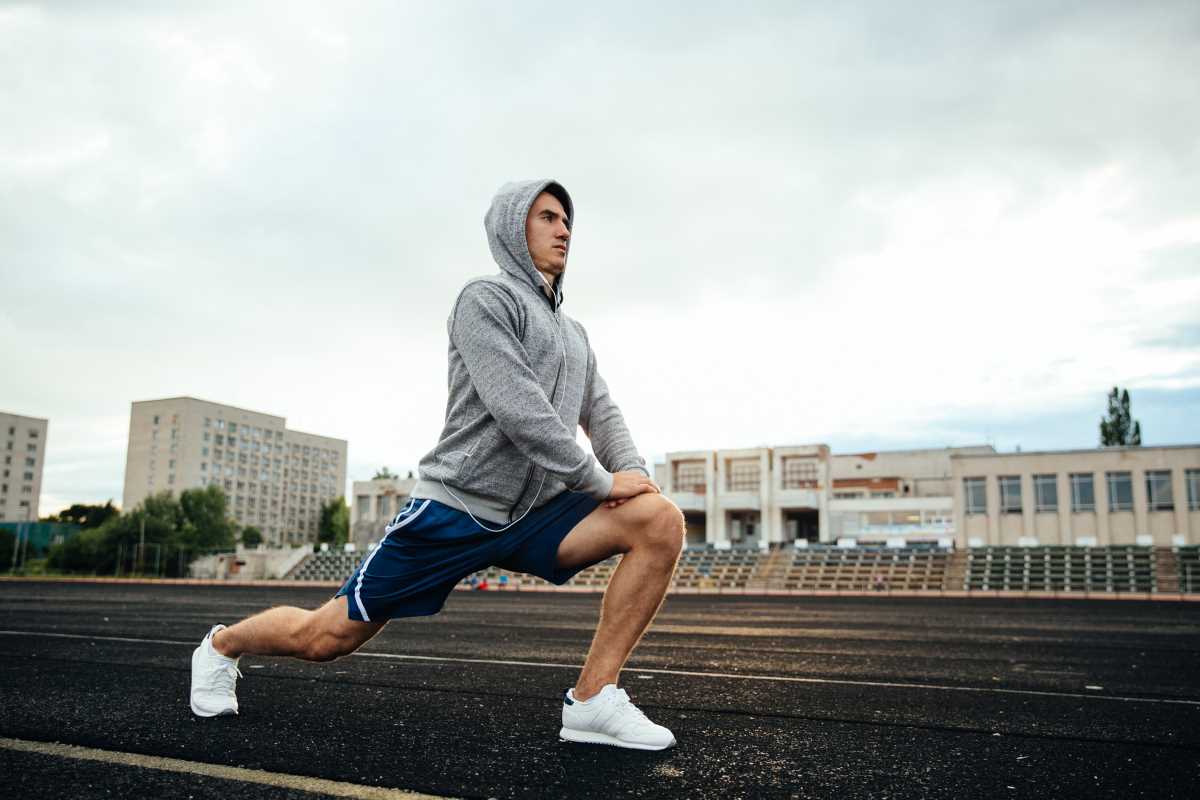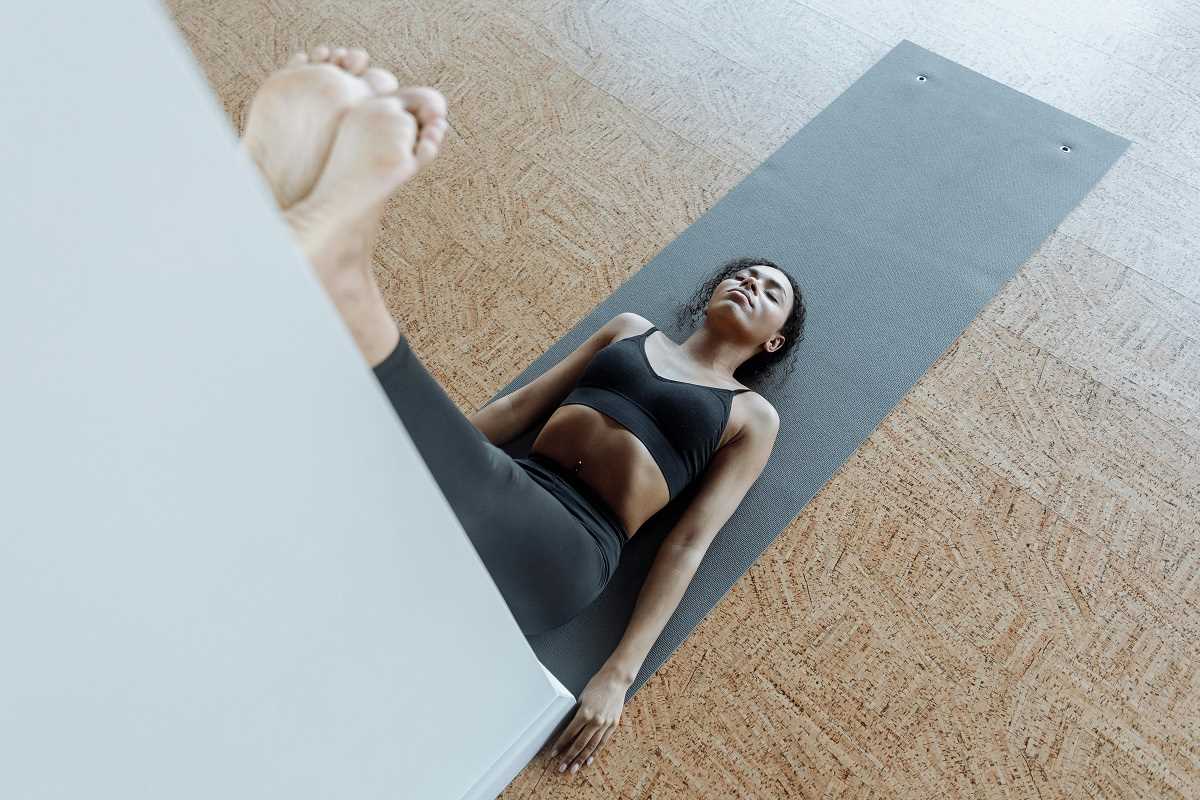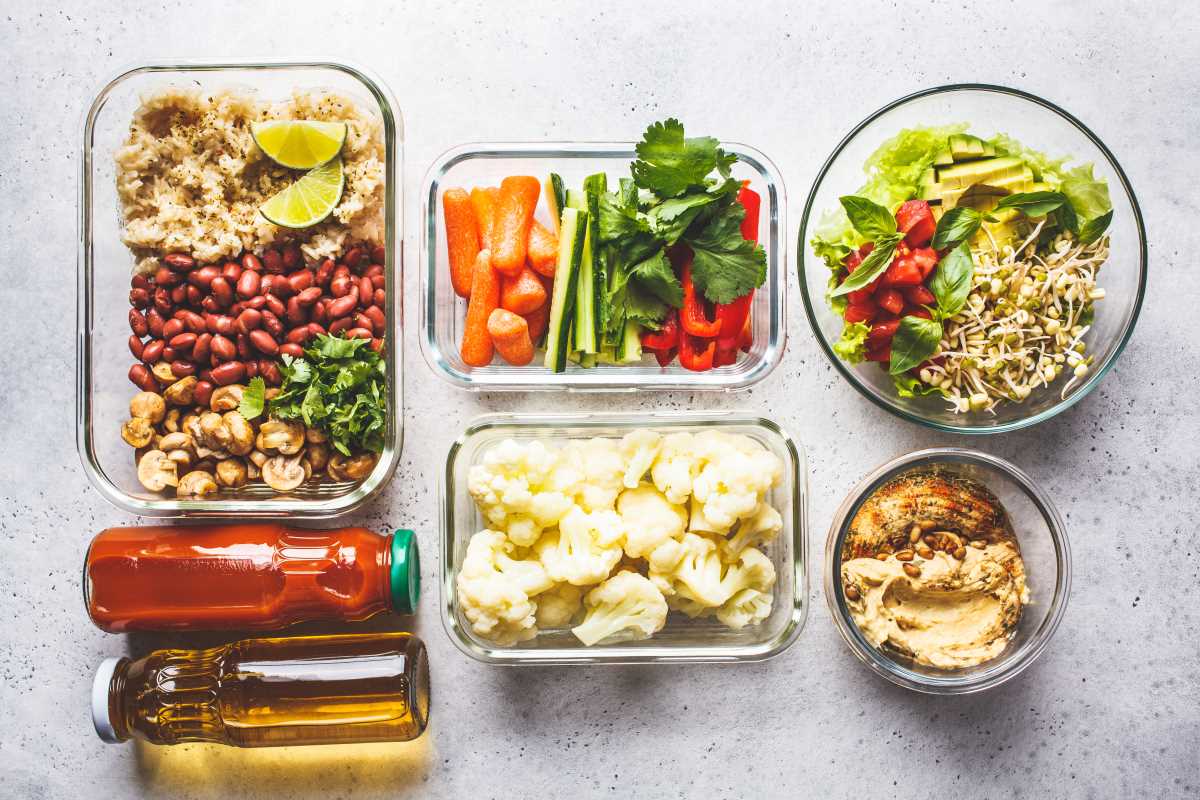Many adaptive athletes discover new ways to build strength by tailoring their workouts to suit individual abilities. Adjusting exercises creates new possibilities for progress, allowing for gains in both muscle and self-assurance. Choosing the right modifications can make lifting weights or using resistance equipment more comfortable and rewarding. By focusing on safety and enjoyment, people with mobility differences can develop greater functional ability while reaching their personal fitness goals. This guide highlights seven practical approaches that support safe, effective strength training for those who want to challenge themselves and experience the benefits of regular exercise, regardless of physical limitations.
Each method includes detailed tips, safety notes, and practical adjustments you can implement immediately. Whether you depend on a wheelchair, have limited grip strength, or manage a chronic condition, these routines highlight realistic ways to become stronger.
Key Principles for Strength Training for Adaptive Athletes
- Pay attention to your body: Recognize soreness, fatigue and signs of overuse.
- Modify your range of motion: Work within comfortable joint angles and gradually increase them.
- Focus on control: Move deliberately to reduce injury risk and enhance muscle engagement.
- Adjust equipment: Change handles, use straps or alter seat heights to fit your support needs.
- Monitor your progress: Record reps, weight and how you feel to identify patterns and stay motivated.
Centering your plans around these core ideas helps you create sessions that support consistent progress. Adaptive athletes succeed when they tailor each workout to their individual abilities and goals.
Building a foundation rooted in safety and gradual difficulty offers a clear plan for long-term success. You’ll push your limits without rushing and risking soreness or setbacks.
Method 1: Resistance Band Workouts
Resistance bands come in various tension levels, making it easy to adjust difficulty. You can attach a band to a door handle or wheelchair frame and perform controlled pulls. Bands reduce joint stress by providing variable resistance, feeling lighter at the start of the pull and heavier toward the end.
For a seated band row, loop the band around a sturdy front point, grasp the ends with palms facing each other, then pull back, squeezing shoulder blades. Begin with 2 sets of 12 reps and increase as your strength improves.
Advantages:
- Enhances posture by targeting upper back muscles.
- Requires little space and low cost.
- Provides smooth tension that matches your strength curve.
Adjustments:
- Select a lighter band if you experience joint pain or cannot complete full reps.
- Secure bands at various heights to target different angles—high for lat pulldowns, low for upright rows.
Method 2: Seated Weightlifting
Sitting down for weightlifting allows you to access free weights or dumbbells from a stable position. An armless bench or wheelchair offers the best support, preventing movement restrictions. Start with lighter weights and concentrate on proper form.
Perform seated overhead presses by holding dumbbells at shoulder level and pressing upward until your arms are fully extended. Keep your core engaged and exhale during the lift. Aim for 3 sets of 8 reps.
Benefits:
- Builds shoulder and arm strength within a safe, controlled environment.
- Encourages core engagement even while seated.
- Maintains feet grounded to enhance stability and reduce tipping risks.
Adjustments:
- If gripping dumbbells is difficult, slide a weight plate onto your forearms and press using straps.
- Perform one-arm presses to correct imbalances and lessen joint stress.
Method 3: Bodyweight Exercises
You can do bodyweight exercises anywhere—including in bed or on a mat. You don’t need special equipment, just your body. For those with lower limb limitations, focus on upper-body push and pull movements. Wall push-ups shift weight away from wrists and lessen impact.
Modify a plank by resting your forearms on an elevated surface like a bench and keeping your body straight from shoulders to knees. Hold for 20 to 30 seconds and increase the duration as you build strength.
Benefits:
- Strengthens core, chest and shoulders without gym gear.
- Helps improve posture and balance over time.
- Costs nothing and can be done anywhere.
Adjustments:
- Use a chair or bench for incline push-ups to lessen the load.
- If wrists hurt, perform plank on your elbows or fists.
Method 4: Machine-Based Training
Machines direct movement along fixed paths, reducing the need for balance. They allow you to target specific muscles without worrying about stabilization. Equipment like the chest press or seated leg press lets you add weights gradually until reaching a challenging but safe load.
Adjust the seat so handles are aligned with your chest. Push slowly, hold briefly at full extension, then return with control. Consider asking gym staff to adjust weight stacks at first or use a spotter for safety.
Advantages:
- Minimizes chance of form mistakes.
- Enables gradual progression with pin-loaded stacks.
- Supports heavier loads safely, since the movement path stays fixed.
Adjustments:
- If full range of motion isn’t possible, limit machine travel and add resistance bands for extra tension at the end of the movement.
- Use straps or wraps if your grip weakens before your muscles fatigue.
Method 5: Functional Movement Drills
Functional movements imitate everyday tasks such as reaching, pushing a cart, or transferring in and out of a chair. These exercises connect gym gains to real-world activities. For example, practice a chest press motion with a medicine ball against a wall to increase pushing strength.
Stand or sit facing the wall, hold the ball at chest level and push into the wall, catching the rebound. Perform 3 sets of 10 repetitions. These drills improve timing and coordination.
Advantages:
- Transfer directly to daily tasks.
- Engage multiple muscle groups in each movement.
- Enhance balance by challenging your stability.
Adjustments:
- Choose lighter medicine balls if you feel unsteady or off-balance.
- Perform drills against a corner wall for added stability with two surfaces.
Method 6: Isometric Holds
Isometric exercises involve holding a position under tension without moving. They work well when dynamic movements cause pain. A common example is the wall sit: slide your back down the wall until your knees reach 90 degrees and hold.
Brace your core and breathe steadily. Start with 20-second holds and gradually increase to 60 seconds over weeks. These static holds activate quads, glutes and core simultaneously.
Advantages:
- Build muscle endurance and improve joint stability.
- Require little space and equipment.
- Allow precise placement of tension on weak areas.
Adjustments:
- If a wall sit strains your knees, reduce the bend angle or perform a standing hip abduction hold lying on your side.
- Use a resistance band around your thighs for extra glute activation.
Method 7: Circuit Training
Link several exercises with minimal rest to keep your heart rate elevated while building strength. Switch between upper body, lower body and core movements. Aim to move between stations every 45–60 seconds with 15 seconds for transition.
Create circuits in your living room, garage or gym. Set up five stations and repeat the circuit three times, resting for 2 minutes between rounds.
- Seated row with resistance band: 12 reps
- Incline push-up on box or bench: 10 reps
- Bodyweight squat or partial leg press: 15 reps
- Trunk rotation hold with medicine ball: 30 seconds
- Seated overhead press with dumbbells: 8 reps
Expect to feel the burn and see improvements in strength and stamina. Feel free to substitute other exercises that suit your needs. To learn more about managing health conditions with these routines, read this detailed guide on adapting fitness for daily life.
Use these seven methods to promote muscle growth and improve function. Track your progress and adjust your routine as you grow stronger. Enjoy the journey to becoming more capable.
 (Image via
(Image via





